
OPEC Denies Controlling Oil Market
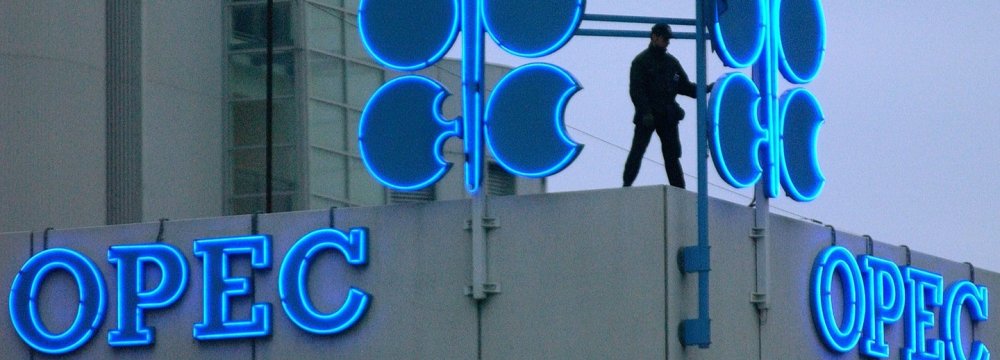
In an interview with Trend News Agency, Mohammed Barkindo added that the industry has many stakeholders and "the focus for us all should be on a stable and balanced market".
"Since OPEC was founded in 1960, its overall goal has been oil market stability. It is not only the best type of market for OPEC, but for all stakeholders. This includes producers, contractors, investors and consumers. This will continue to be the organization’s goal on a daily, weekly, monthly and yearly basis," he said.
Talking about the effectiveness of the OPEC oil output cut deal, the secretary-general said there are clear signs that the production adjustments initiated by 24 OPEC and non-OPEC producing nations in the landmark "Declaration of Cooperation" and the high conformity levels to these adjustments are helping the market to rebalance.
"We have seen the process of destocking, both onshore and offshore, gather pace in recent months. The most recent data for August 2017 show commercial oil inventories of the Organization for Economic Cooperation and Development–OECD countries—to be around 170 million barrels above the five-year average, down from around 340 million barrels at the start of 2017," Barkindo said.
"Industry data for 2017 suggest that crude in floating storage has fallen by more than 30 million barrels since the beginning of the year," he added.
In December 2016 in Vienna, 11 non-OPEC countries, including Azerbaijan, agreed to curtail oil output jointly by 558,000 barrels per day. The agreement was signed for the first half of 2017.
On May 25, OPEC members agreed to extend the production adjustments for a further period of nine months, with effect from July 1, 2017.
The reductions will be on the same terms as those agreed in November.


Caterpillar sees US tariff hit of up to $1.5 billion this year

Australia pledges $87M to rescue Trafigura’s Nyrstar smelters in critical minerals push

SAIL Bhilai Steel relies on Danieli proprietary technology to expand plate mill portfolio to higher steel grades

Alba Discloses its Financial Results for the Second Quarter and H1 of 2025

Fortuna rises on improved resource estimate for Senegal gold project
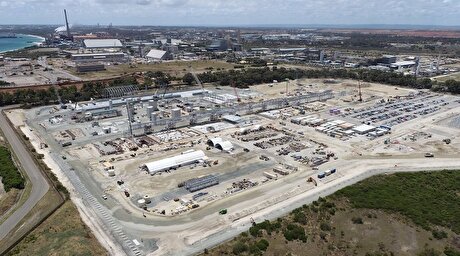
Tianqi Lithium Australia JV says it is prioritizing long-term viability of refinery

Fresnillo lifts gold forecast on strong first-half surge

Copper price slips as unwinding of tariff trade boosts LME stockpiles

Why did copper escape US tariffs when aluminum did not?

New research reveals source of world’s richest lithium deposits

Century Aluminum to invest $50M in Mt. Holly smelter restart in South Carolina
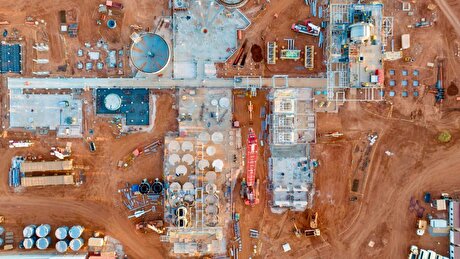
Australia to invest $33 million to boost Liontown’s Kathleen lithium operations
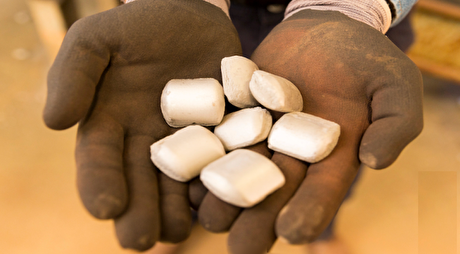
Glencore warns of cobalt surplus amid DRC export ban

SSR Mining soars on Q2 earnings beat

A Danieli greenfield project for competitive, quality rebar production

China limits supply of critical minerals to US defense sector: WSJ
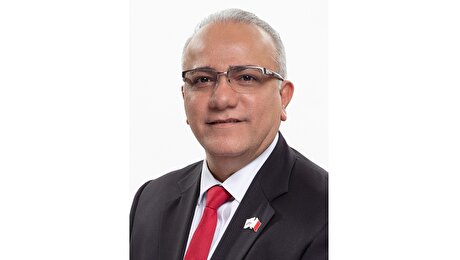
Alba Hits 38 Million Safe Working Hours Without LTI
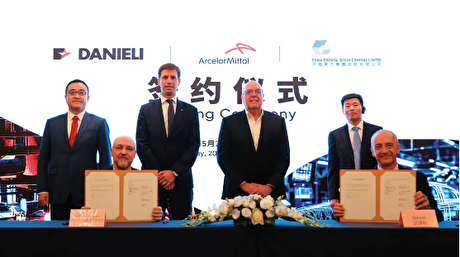
Advanced cold-rolled strip for China’s New Energy Vehicle market

Codelco seeks restart at Chilean copper mine after collapse

Century Aluminum to invest $50M in Mt. Holly smelter restart in South Carolina

Australia to invest $33 million to boost Liontown’s Kathleen lithium operations

Glencore warns of cobalt surplus amid DRC export ban

SSR Mining soars on Q2 earnings beat

A Danieli greenfield project for competitive, quality rebar production

China limits supply of critical minerals to US defense sector: WSJ

Alba Hits 38 Million Safe Working Hours Without LTI

Advanced cold-rolled strip for China’s New Energy Vehicle market

Codelco seeks restart at Chilean copper mine after collapse














